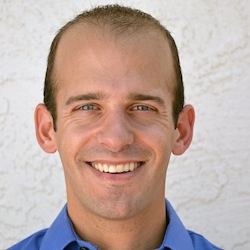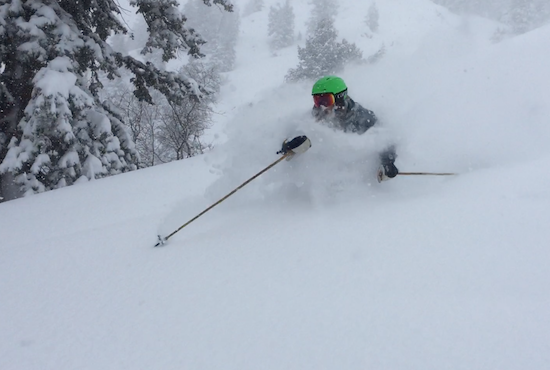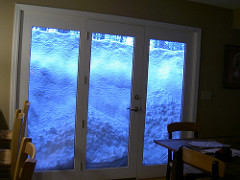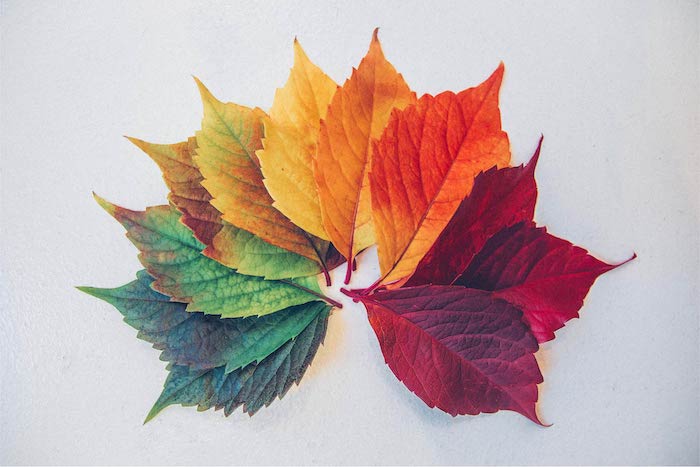Now that it’s post-Labor Day, you can’t shake a stick without seeing a forecast for the coming ski season. NOAA, Farmer’s Almanac, The Weather Channel, Accuweather…these are only a few; there are tons of predictions around. And though all of us would love to know exactly what the coming winter will bring, I’m filled with questions. How accurate are these forecasts? What can I expect in the season ahead? And more importantly, WILL IT SNOW?

Joel Gratz of OpenSnow.com
So I thought I’d talk to someone who’s an expert in the field: Joel Gratz, founder and chief meteorologist of OpenSnow.com,. Headquartered in Boulder, Colorado, OpenSnow is made up of a group of meteorologists who are lifelong skiers and riders. During the winter they put out daily snow updates, mountain-specific forecasts, and snow reports to help you plan your ski trips. More than two million skiers and riders turn to OpenSnow, so I thought I would, too.
SD: So Joel, tell me about yourself. What’s your background? How did you decide to become a meteorologist and how did you decide to focus on winter weather?
JG: My parents took me skiing at Shawnee Mountain in eastern Pennsylvania when I was 4 years old, and apparently I loved it. So I became obsessed with watching weather patterns to know when snow and cold air were heading our way. In elementary school, I know I wanted to be a meteorologist when I grew up.
SD: When and why did you start Open Snow?
JG: After graduating with a degree in meteorology from Penn State, I moved to Boulder, Colorado, for graduate school and worked to learn how to forecast powder days for myself and my friends. In 2007, I put together a small email list of my friends and messaged them weekly with a forecast about when to find the best snow. This email newsletter was shared, grew, and in 2010 I left my full-time job to begin working on OpenSnow full time.
SD:Do you believe in long-range winter forecasts? If not, why not, and if so, what should we expect for this winter?
JG: Forecasts for temperature and precipitation 3 to 6 months into the future are rarely accurate. And even if one forecasting outlet does produce an accurate forecast one year, it’s even rarer for the forecast to be correct year after year after year. Also, even if a 3 to 6 month forecast was correct, it only provides a general idea of precipitation patterns and cannot tell you which week or even which month will bring the best snow. I find 3 to 6 month forecasts fun to look at but I do not make travel decisions based on these predictions.
SD:What’s the hardest part about forecasting? Does winter forecasting offer particular challenges?
JG: Every storm has its unique tricks. The thing that makes snow forecasting challenging in big mountains is that the computer forecast models do not handle the mountains very well. So it takes some local knowledge, based on past experience, to know when certain storm setups will favor certain areas.
SD:How far out is it reasonable to expect a fairly reliable forecast?
JG: About 7 to 10 days out we can tell if there might be a storm in the area. About 4 to 6 days out there is some confidence in the timing and strength of the storm. And around 1 to 3 days out is when the predictions for snow amounts usually become more trustworthy.
SD:What sources do you use to assemble your forecast?
JG: I look at between 4 to 10 computer weather models, and for each model, I might look at 1 to 10 different parameters (temperature, wind speed, wind direction, etc). It sounds overwhelming, but after doing this for a decade, there is efficiency that comes from the consistent routine that I go through each morning.
SD:Is climate change making weather forecasting more difficult? If so, how?
JG: No. A changing climate does not change the basic physical laws that govern the atmosphere, which is what the 1 to 10 day forecast models are based upon.
SD: Do people complain to you about the weather?
JG: Sometimes. I’ve learned to keep an even head and not get too excited or too depressed no matter what I see in the forecast. Okay, well, that’s not entirely true. If I see a high chance of big powder days, I get pretty darn excited.

Joel Gratz in the pow
SD: How far in advance do YOU plan your ski trips?
JG: For any trips in the western US, I usually do not plan more than a few days out, or at most about 7 to 10 days out. Sometimes, along with my family and friends, we have bigger trips planned to Canada or Japan, and these need to be worked out months in advance. In those situations, I become super nervous as we get to within a few weeks of the trip and begin to check the 1 to 2 week forecast models multiple times per day, even though there’s nothing I can do to change the outcome. I get the sense that others who are addicted to skiing powder experience the same emotions.
SD: Okay, so in spite of what you said about long range forecasts, I’m going to go out on a limb here and ask: What do YOU think will happen in the winter ahead? And more importantly, WILL IT SNOW??
JG: It will snow. There will be powder. People will be both happy at times, and at times they will be mad that it’s not snowing more. That’s the only safe winter forecast!
BTW, if you want to know if anyone accurately predicted the 2018-2019 winter season, take a look at OpenSnow meteorologist Bryan Allegretto’s article on that very subject.
Fingers crossed for a great winter!



